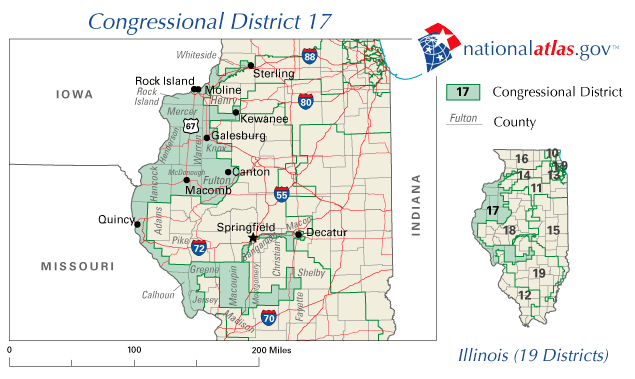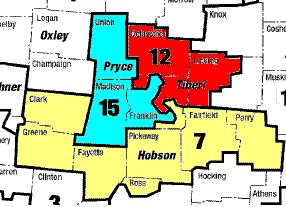Definition
An electoral district is a distinct territorial subdivision for holding an election for one or more seats in a legislative body. Generally, only voters who reside within the geographical bounds of an electoral district, the constituents, are permitted to vote in an election held there. The term "constituency" can be used to refer to an electoral district or to the body of eligible voters within the represented area. In Australia and New Zealand, electoral districts are called "electorates," but elsewhere the term generally refers to the body of voters.
In the United States, there are several types of districts:
- Congressional districts
- states
- state representative districts
- city council districts
An election commission is a body charged with overseeing the implementation of election procedures. The exact name used varies from country to country, including such terms as "electoral commission", "central election commission", "electoral branch" or "electoral court". Election commissions can be independent, mixed, judicial or governmental. They may also be responsible for electoral boundary delimitation. In federations there may be a separate body for each subnational government. In the executive model the election commission is directed by a cabinet minister as part of the executive branch of government, and may include local government authorities acting as agents of the central body. Countries with this model include Denmark, Singapore, Sweden, Switzerland, Tunisia and the United States.
District Magnitude
District magnitude is the number of representatives elected from a given district to the same legislative body. A single-member district has one representative, whereas a multi-member district has more than one. Proportional representation voting systems inherently require multi-member districts, and the larger the district magnitude the more proportional a system tends to be. Under proportional representation systems, district magnitude is an important determinant of the makeup of the elected body.
The geographic distribution of minorities also affects their representation — an unpopular nationwide minority can still secure a seat if they are concentrated in a particular district. District magnitude can vary within the same system during an election. In the Republic of Ireland, for instance, national elections to Dáil Éireann are held using a combination of 3, 4, and 5 member districts. In Hong Kong, the magnitude ranged from 3 to 5 in the 1998 election, but from 5 to 9 in the 2012.
Apportionment and Redistricting
Apportionment is the process of allocating a number of representatives to different regions, such as states or provinces. Apportionment changes are often accompanied by redistricting, the redrawing of electoral district boundaries to accommodate the new number of representatives. This redrawing is necessary under single-member district systems, as each new representative requires his or her own district.
Apportionment is generally done on the basis of population. Seats in the United States House of Representatives, for instance, are reapportioned to individual states every 10 years following a census, with some states that have grown in population gaining seats. The United States Senate, by contrast, is apportioned without regard to population; every state gets exactly two senators. Malapportionment occurs when voters are under or over-represented due to variation in district population.
Gerrymandering is the manipulation of electoral district boundaries for political gain. By creating a few "forfeit" districts where voters vote overwhelmingly for rival candidates, gerrymandering politicians can manufacture more narrow wins among the districts they seek to win . Gerrymandering effectively concentrates wasted votes among opponents while minimizing wasted votes among supporters. Gerrymandering is typically done under voting systems with single-member districts .

Gerrymandering in Illinois
Another example of Illinois gerrymandering is the 17th congressional district in the western portion of the state. Notice how the major urban centers are anchored and how Decatur is nearly isolated from the primary district.

Gerrymandering in Ohio
An example of "cracking" style of gerrymandering. The urban (and mostly liberal) concentration of Columbus, Ohio, located at the center of the map in Franklin County, is split into thirds, with each segment attached to—and outnumbered by—largely conservative suburbs.
Swing Seats and Safe Seats
Sometimes, particularly under non-proportional winner-take-all voting systems, electoral districts can be prone to landslide victories. A safe seat is one that is very unlikely to be won by a rival politician due to the makeup of its constituency. Conversely, a swing seat is one that could easily swing either way. In United Kingdom general elections, the voting in a relatively small number of swing seats usually determines the outcome of the entire election. Many politicians aspire to have safe seats.